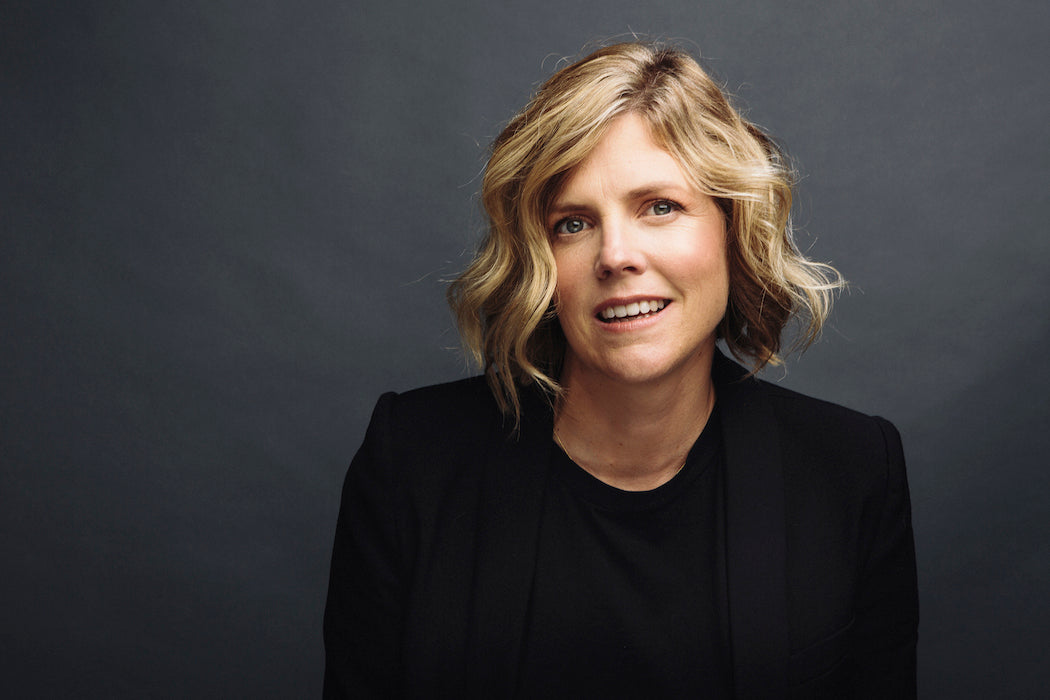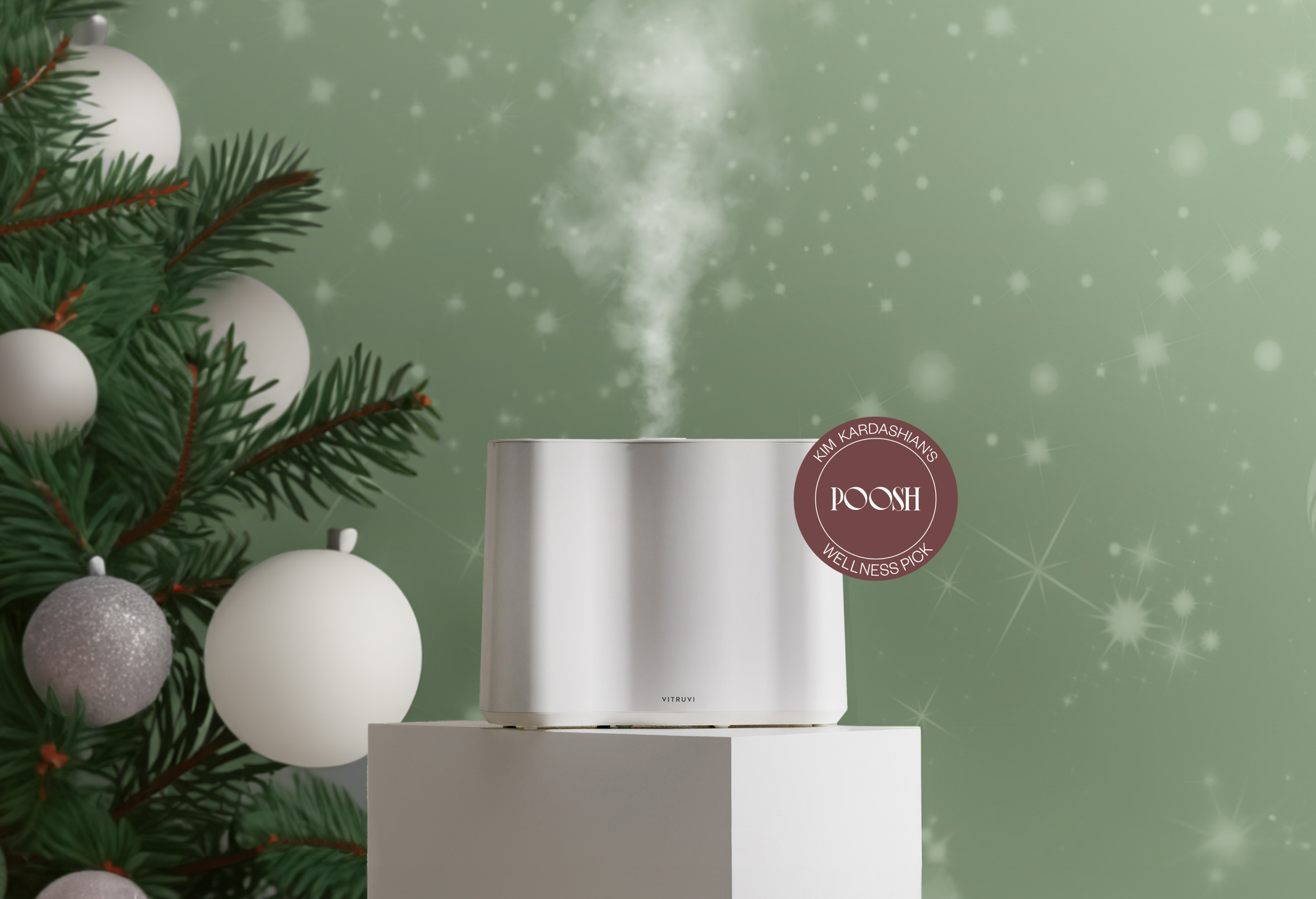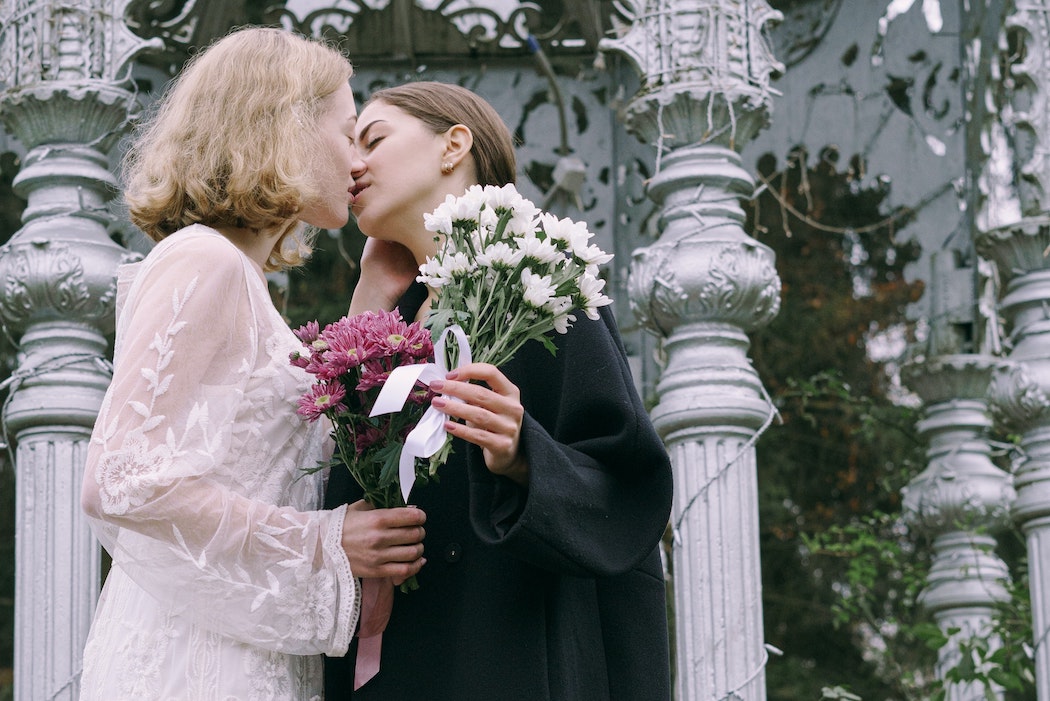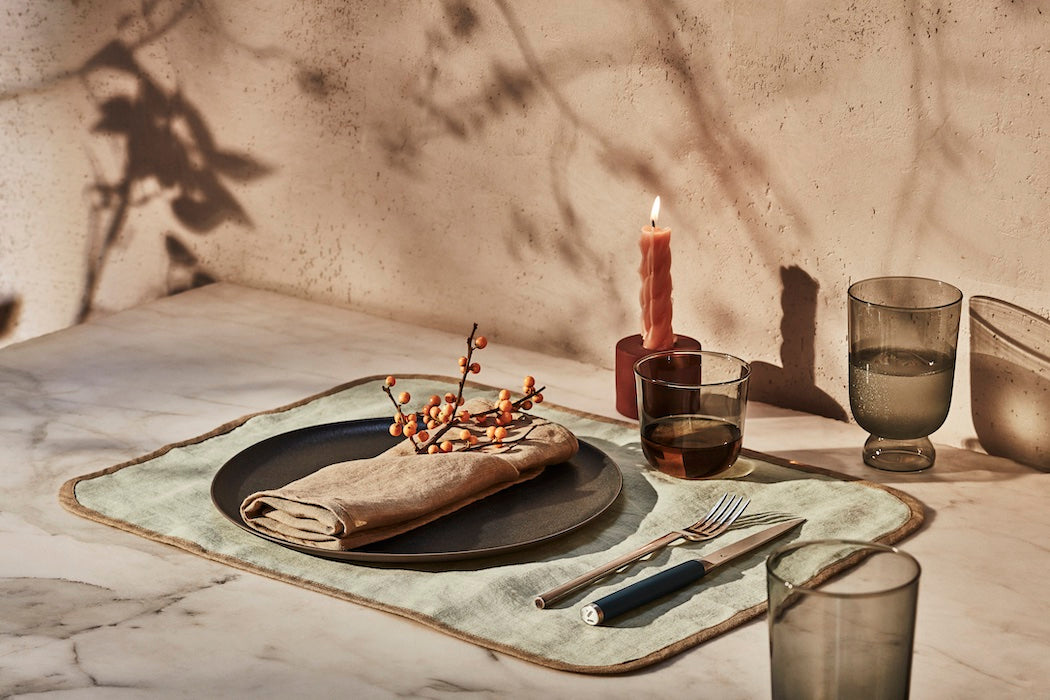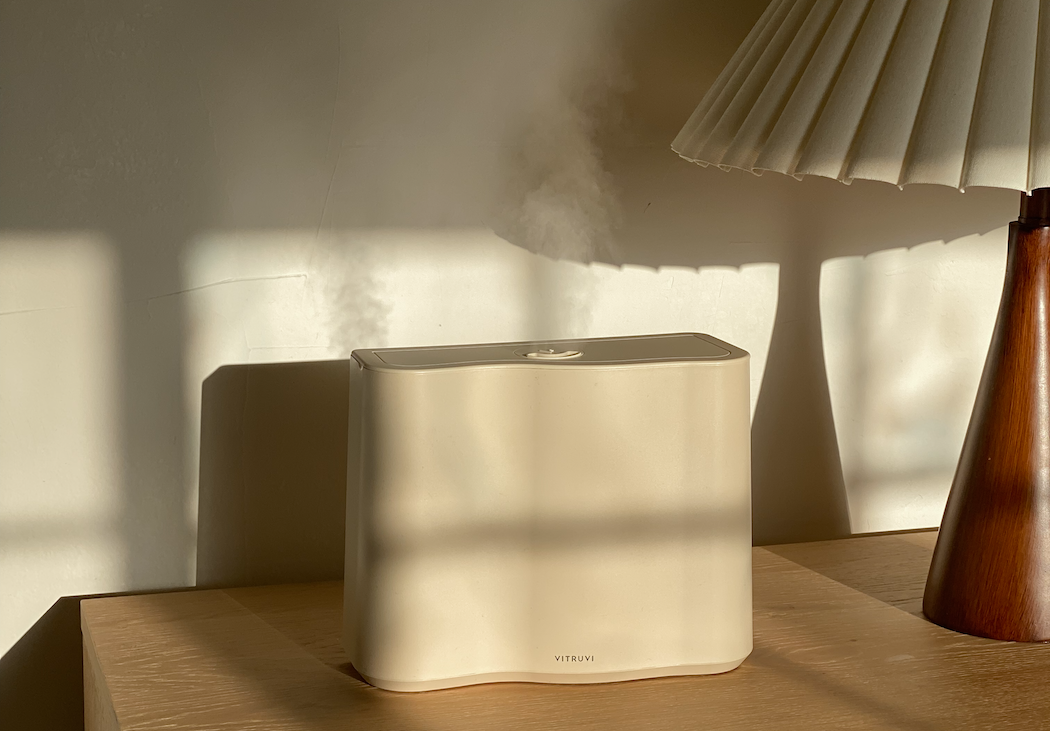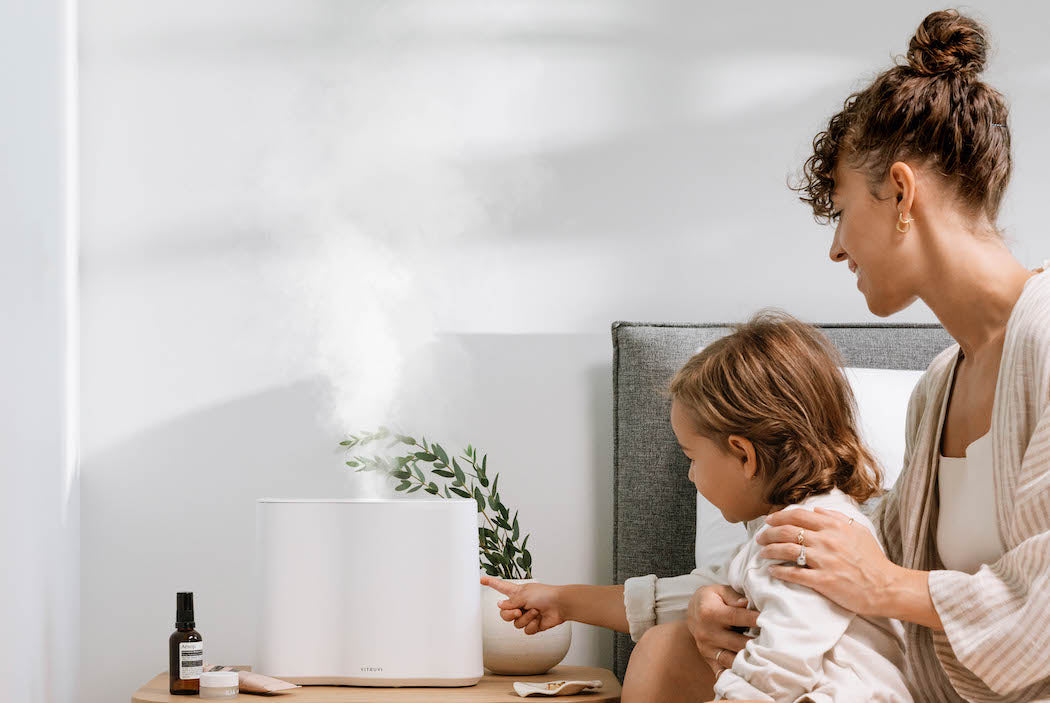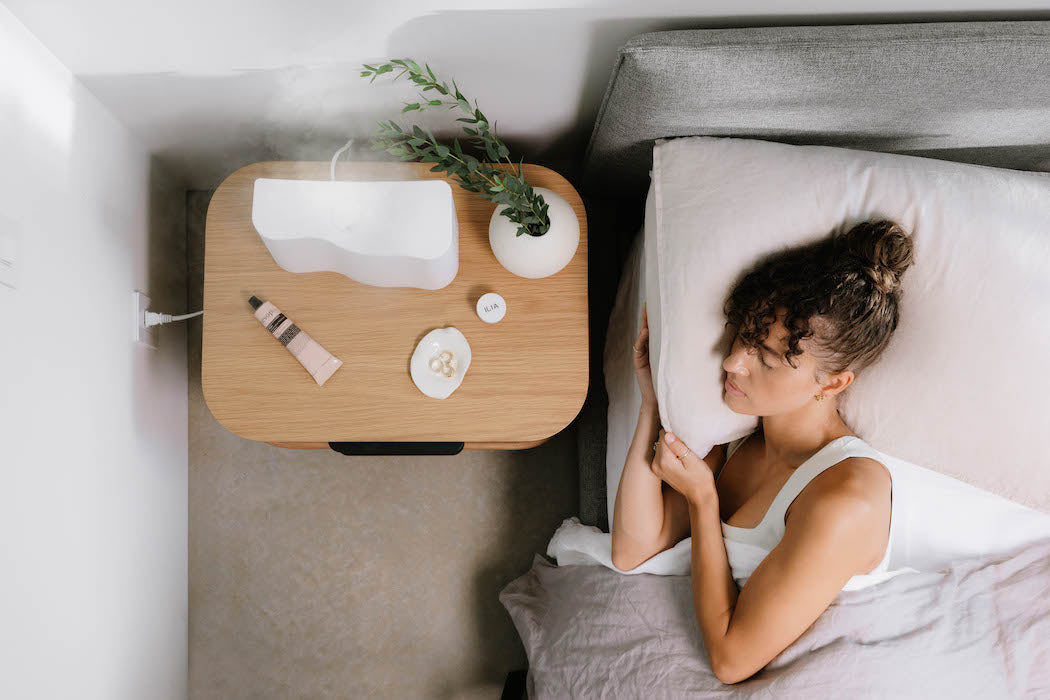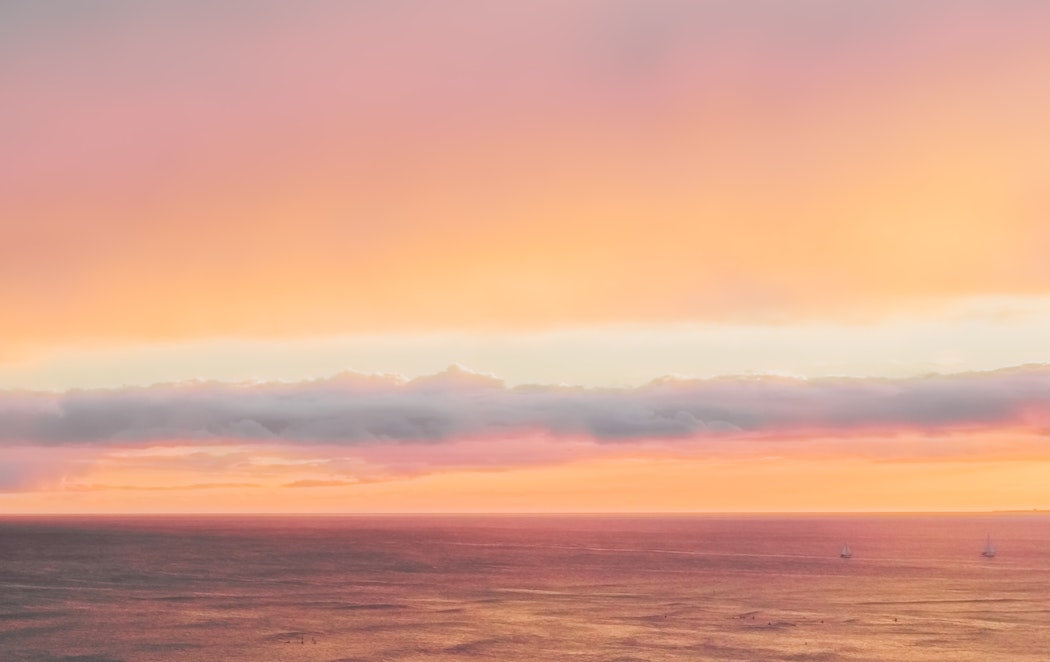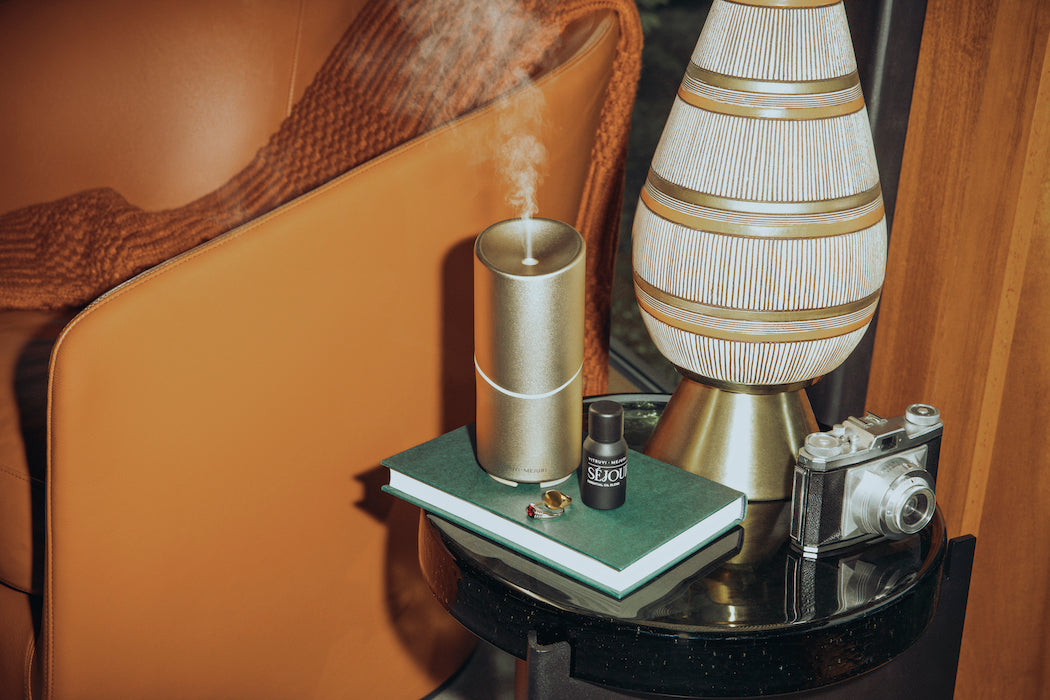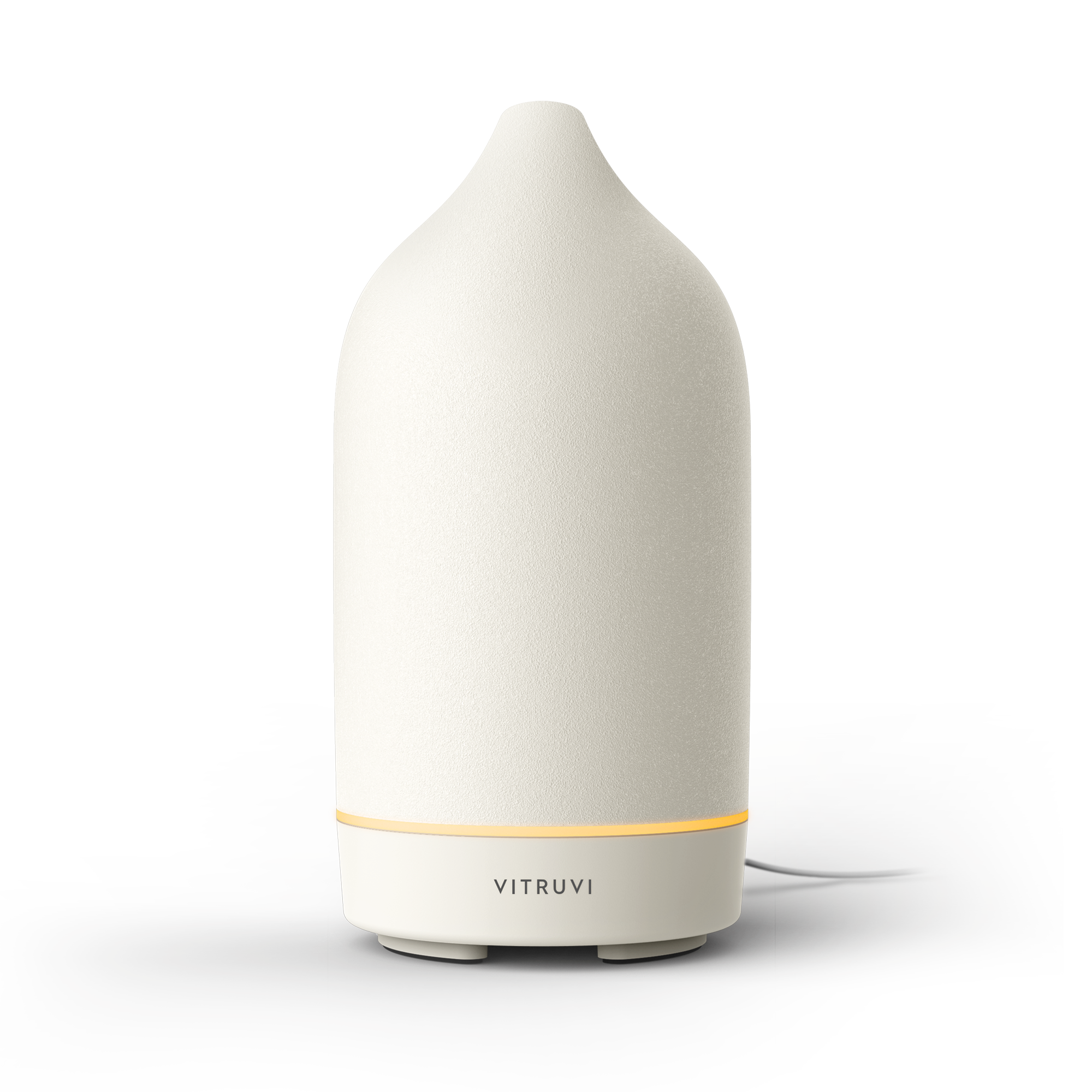Jody Phillips has had quite the day and it’s barely 3 p.m. For one thing, she’s already spent hours on the phone with coordinators in the Netherlands, working out the logistics for a massive shipment of milk crates to Vancouver; for another, she’s currently listening to music clips on her phone, trying to hear—over the zoom of cars along Thurlow Street—song possibilities for a new promotional video. In her world, it seems not a moment of time awake goes to waste.
It’s no surprise, really, that intention and efficiency are the lens with which Phillips approaches her life (including her self-care, which involves morning runs, herbal tea, and a healthy obsession with essential oils). As the director of Interior Design Show (IDS) Vancouver, her job is to curate the city’s most exciting design showcase, highlighting the work of those who are making waves at the intersection of function and form.
But back to the milk crates. They’re going to be used for a large art installation at this year’s IDS, and she has, for the record, insisted that the Dutch take them back once the show is over, thus ensuring that they don’t go to waste. “I’m wearing several hats,” Phillips says with a mix of exhaustion and excitement, between sips of tea on Thierry cafe’s packed patio. “My job is design and all of that, but it’s not glamorous. Parts of it are delightful; I get to talk to really interesting people and collaborate on things, but it’s also all those little details, especially this time of year. But it’s such a great challenge.”

With the 2019 show kicking off on September 26, Phillips and her team are in crunch time, making sure that materials are arriving, ideas are aligned, and promotions are working their charm. It’s her fifth year at the helm of the event, which might seem a bit surprising if you know her professional history. “I don’t have an event background at all, and I always joke that I don’t like events,” says Phillips, who comes from the worlds of fine art and product design. “But I surround myself with people who really love events and putting on events. So that works out really well. I love design and the business of design and the design community—I’m really jazzed about that.”
Visitors will notice that these days, IDS Vancouver is not all stocky exhibition displays and traditional interior brands; rather, it presents a wider definition of design and how it plays into every facet of our lives. “I wanted it to appeal to a broad community and even to people who don’t identify themselves as design enthusiasts,” explains Phillips. “I appreciate our city so much and how it’s grown, and how diverse and dynamic we’ve become as an international hub; we’ve really put ourselves on the map as a city, I feel. We’ve upped our game—so in turn, IDS has upped its game.” That means everyone from The Great Canadian Baking Show judge Bruno Feldeisen, to eating designer Marije Vogelzang, to jewellery designer Lana Betty, to soap company Salt & Stone, to textile designer Natalie Gerber are participating in this year’s showcase.
“The brands that are reaching out aren’t the traditional lighting and furniture brands or kitchen and bath brands. They’re people who want to get in front of our design-savvy demographic—like Volvo,” Phillips says. “They have been a phenomenal partner for us. They’re always up for doing some collaboration that’s outside the box or partnering with someone. We’re encouraging those kinds of activations and installations rather than old-school exhibit booths.” The result is a more dynamic, interactive, and even Instagram-worthy event (cue the milk crates). IDS Vancouver is no longer a drab industry trade show, and is instead a visual feast, a chance for attendees to discover something new and leave a little more inspired than they were before.
“Design is not just how things look, it’s how things function.”
Inspiration is key for Phillips, and she finds it through various avenues. “Design is not just how things look, it’s how things function,” she asserts. “It runs the gamut for me. I can appreciate the aesthetics of something and how it smells and feels and all of that stuff, but it’s also how something functions—right down to how our cities function, how our products function. And if they function well it’s the sustainability component of it, too. If things function well, are designed well, then we’ll have to produce less of them.” That means consumption can become more mindful, more intentional—less about buy this now and more about buy this because.
That because—that why factor—is arguably what keeps Phillips engaged the most. Sure, there are days when she’s coordinating milk crates, but those milk crates will eventually be part of an installation that surprises and delights throngs of people. Sometimes it’s not about buying at all; sometimes it’s about seeing the poetry in a simple object, stacked in such a way that it tells a story much bigger than the sum of its parts.

